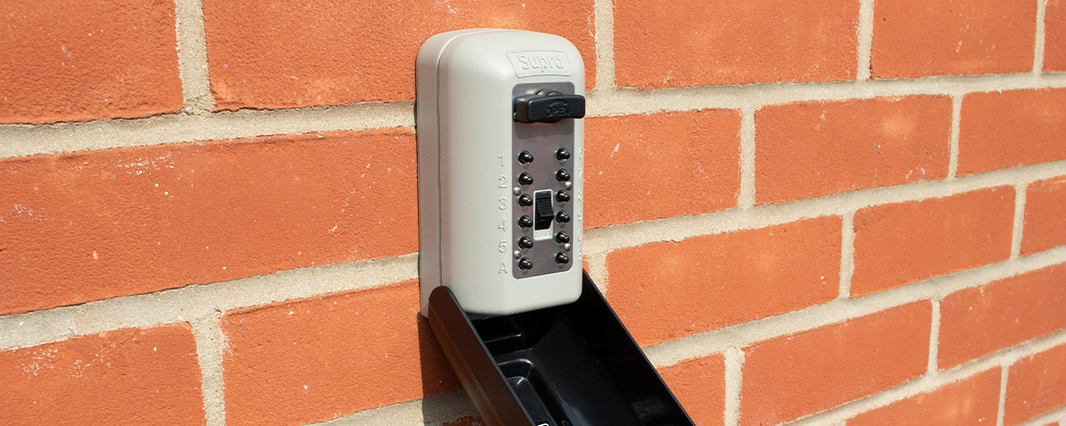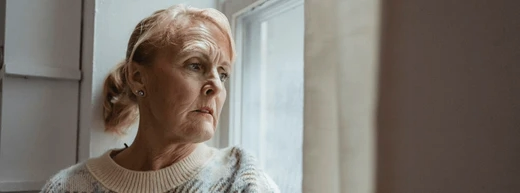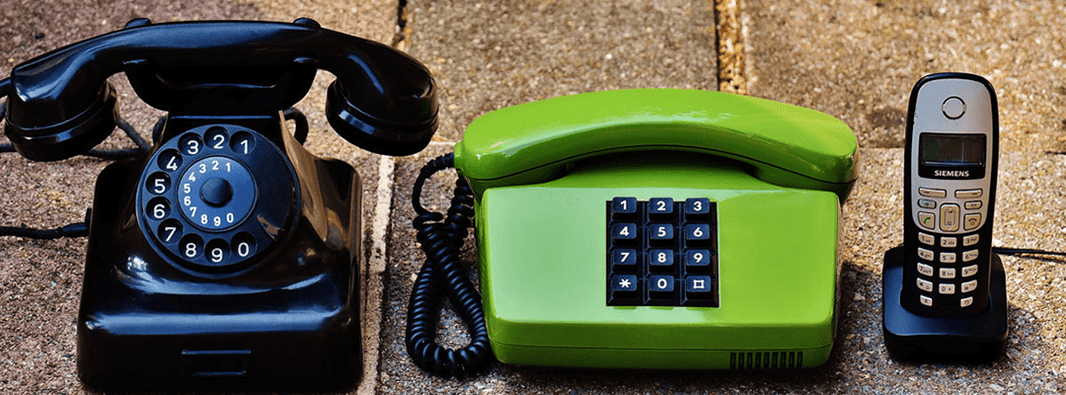This winter, we’re all looking for ways to keep ourselves busy. Lots of popular activities for older people simply aren’t possible during the winter. However, we’ve got one activity in particular to recommend today: tracing your family tree.
Television programmes like Who Do You Think You Are? and Long Lost Family have inspired lots of people to start researching their history. Whether you choose to use a genealogy service or knuckle down for some research by yourself, we’re here to talk you through how to trace your family tree.
Do It Yourself or Use a Service?
Nowadays, there are several websites and apps to help you trace your family tree. Before these services, researching your family history could be a truly mammoth undertaking. You could spend hours upon hours in libraries and archives, rifling through records to discover your roots. Now you can do it from the comfort of your living room – or subscribe to a service and have a professional do it for you!
The first thing you need to decide is probably your budget. It may be possible to trace your family tree for free, but this will certainly be a more time-intensive option. Furthermore, some archives will charge a fee for retrieving certain information. On the other hand, if you’re willing to splash a little cash, you can access a range of birth, marriage, and death records through a service such as Ancestry or Find My Past.
First Steps
When you’re first starting out, tracing your family tree can seem like a daunting prospect. Where do you begin?
Generally, a good first step is to start in your own home. Look through photographs, documents, and diaries to find useful information. Ask your relatives to do the same – why not make this a family project?
Next, try interviewing your relatives. Try speaking to any older family members and, if possible, record what they say on a smartphone or digital recorder so you can reference it later. If you found any useful photographs or documents, share them with your relatives to jog their memories. It’s best to ask for full names of siblings, parents, aunts and uncles, and grandparents – even great or great-great-grandparents! If possible, try to find out the dates and places of their birth/marriage/death. This will help you when you start looking for official records.
Record Your Findings
Once you’ve started gathering information, the next step is to write down your findings. You could choose to do this on paper or use an online tool. One useful website is Family Echo – this could be a great option if you want to trace your family tree and do all the research yourself, without paying for a genealogy website.
Be sure to keep your findings safe. If you draw up your family tree on paper, be sure to make copies and keep them safe to avoid damage. It’s also worth making digital copies to preserve your work in case your physical copies get damaged or lost. If you’re using an online service, make sure to choose a secure password for your account and save your work regularly.
Resources to Trace Your Family Tree
Before you pay for a genealogy website or app, have a look at the resources below. They can help you start to trace your family tree before you pay for a subscription. There may be a charge for some features.
1. The National Archives
Based in Kew, Surrey, the National Archives are a wonderful resource for anyone who wants to discover their family tree. They hold millions of records including military service records and naturalisation certificates. Their website is a very useful tool, too: they’ve published several guides for those who are just beginning their research.
2. The General Register Office
The General Register Office is a government office, part of HM Passport Office. It holds records of births, marriages, and deaths in England and Wales from as long ago as 1837. By signing up for an online account, you can request copies of any certificates for a fee. You may also need to access National Records of Scotland and the General Register Office for Northern Ireland, which are separate organisations serving the rest of the UK.
3. Free UK Genealogy
This is a large-scale, ongoing project which aims to transcribe public records and make them freely available on the internet. So far, they have three projects:
- FreeBMD – an index of birth, marriage, and death records from England and Wales
- FreeCen – an index of 19th century census returns from the UK
- FreeReg – an index of baptism, marriage, and burial records from UK parish registers.
It’s entirely volunteer-run and free to use. Users can search the whole index of records with no charge whatsoever. FreeBMD is a registered charity and you can choose to donate any sum to help them cover the costs of the project. You can also donate your time as a volunteer to help further the project.
Paid Services to Help You Trace Your Family Tree
The business of genealogy is booming, thanks to hit TV programmes like Who Do You Think You Are? As a result, there are plenty of websites and services out there to help you trace your family tree. Most of these websites and apps will charge you a subscription fee in exchange for access to their records. They’ll also give you the opportunity to contact any relatives you discover who have also signed up.
DNA testing is an increasingly popular option. Websites like Ancestry offer kits which can analyse your DNA and estimate where in the world your relatives came from. The testing kits can also identify potential relatives through DNA matching. Paying for the test and access to the website can put you in touch with family members you never knew you had.
Whether you choose to pay for a subscription or become a genealogy pro yourself, we think tracing your family tree is a great activity for older people. Modern technology such as smartphones and tablets lets you research from the comfort and safety of your own home. What’s more, sharing your findings over the phone or video-call is a great way to bring the family together during lockdown.
Keeping Older People Safe
The busy world we live in can make it hard to look out for our wellbeing, particularly for elderly and disabled people and their loved ones. For peace of mind, why not install a Careline Alarm? Our life-saving alarm systems help thousands of elderly and disabled people to continue living safely in their homes. A Careline Alarm allows the user to call for assistance quickly and easily, day or night. Our Care Team operates 24 hours a day, 365 days a year, to make sure no call goes unanswered.
To find out more about how the Careline Alarm service can help you and your loved ones, call 0808 304 4183 today or read our guide to the Careline Alarm Service. You can also call us to order an alarm. Alternatively, you can place your order online at any time.
Editor’s Note: This article was updated on 22nd December 2021 to reflect current information.









